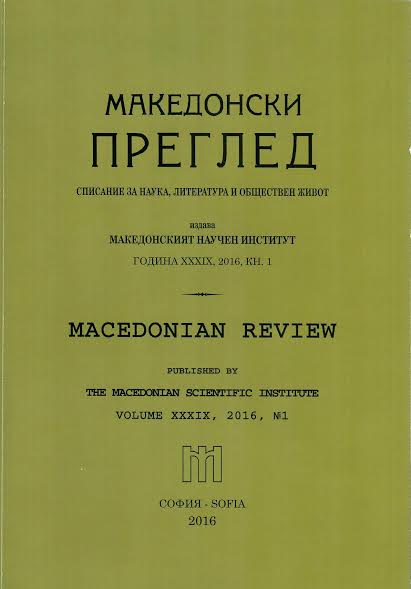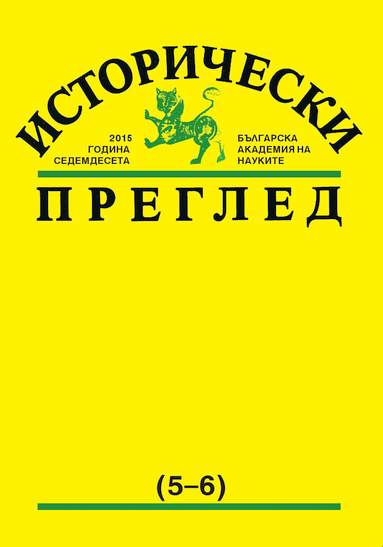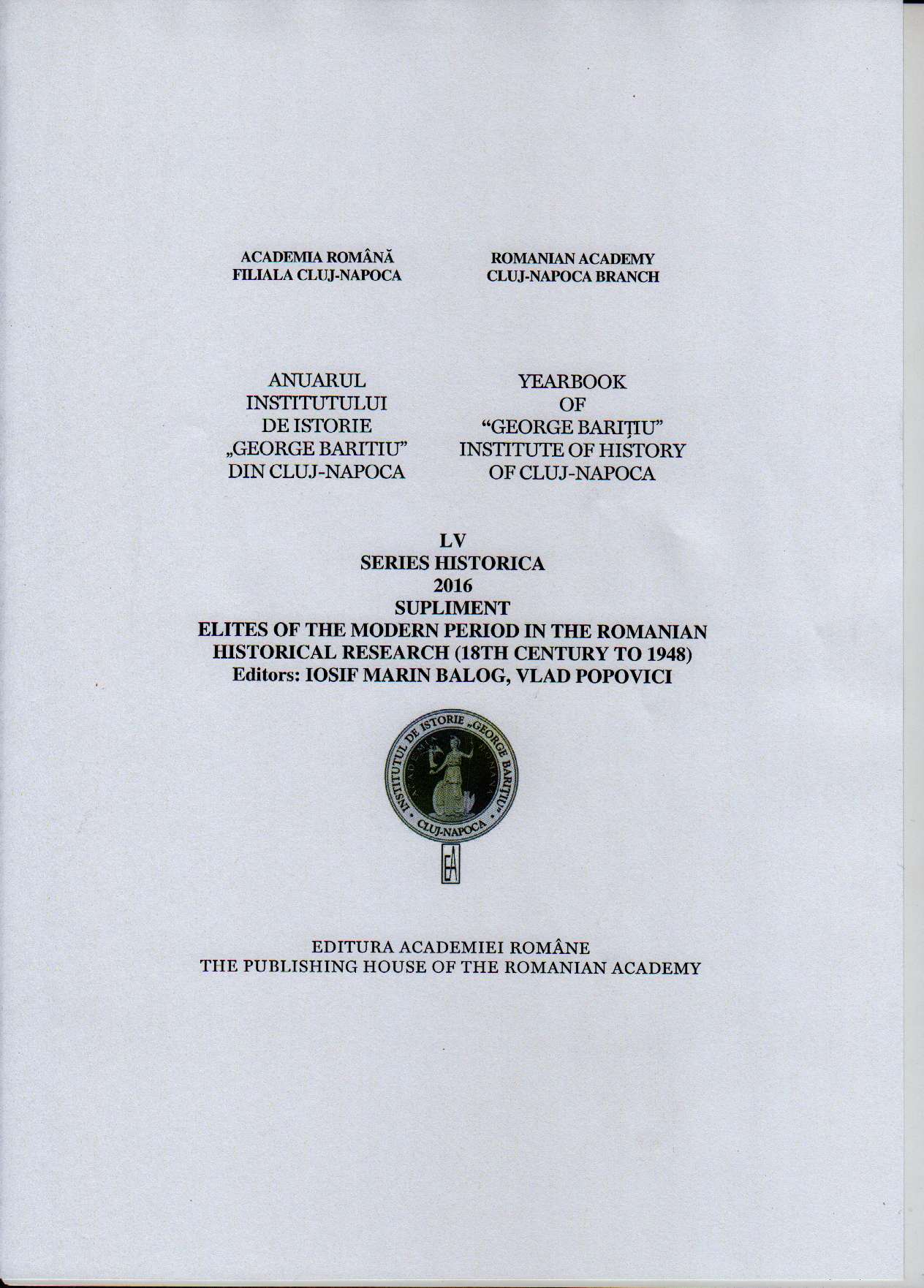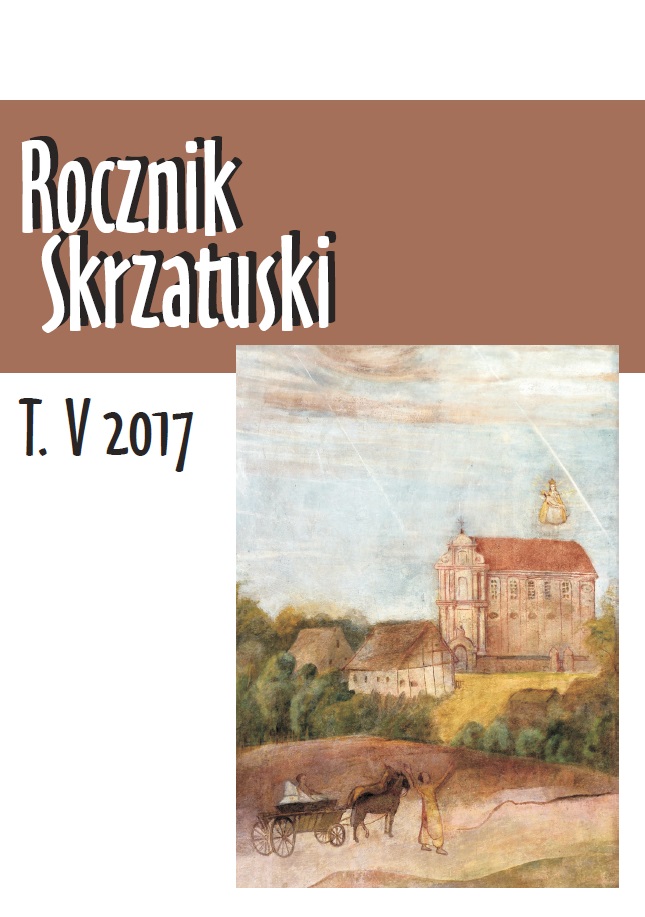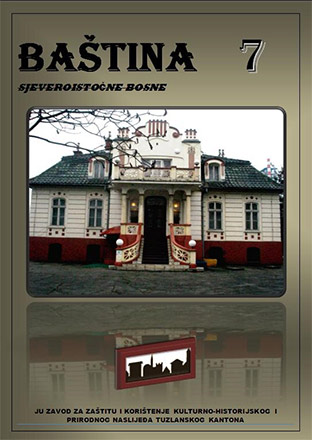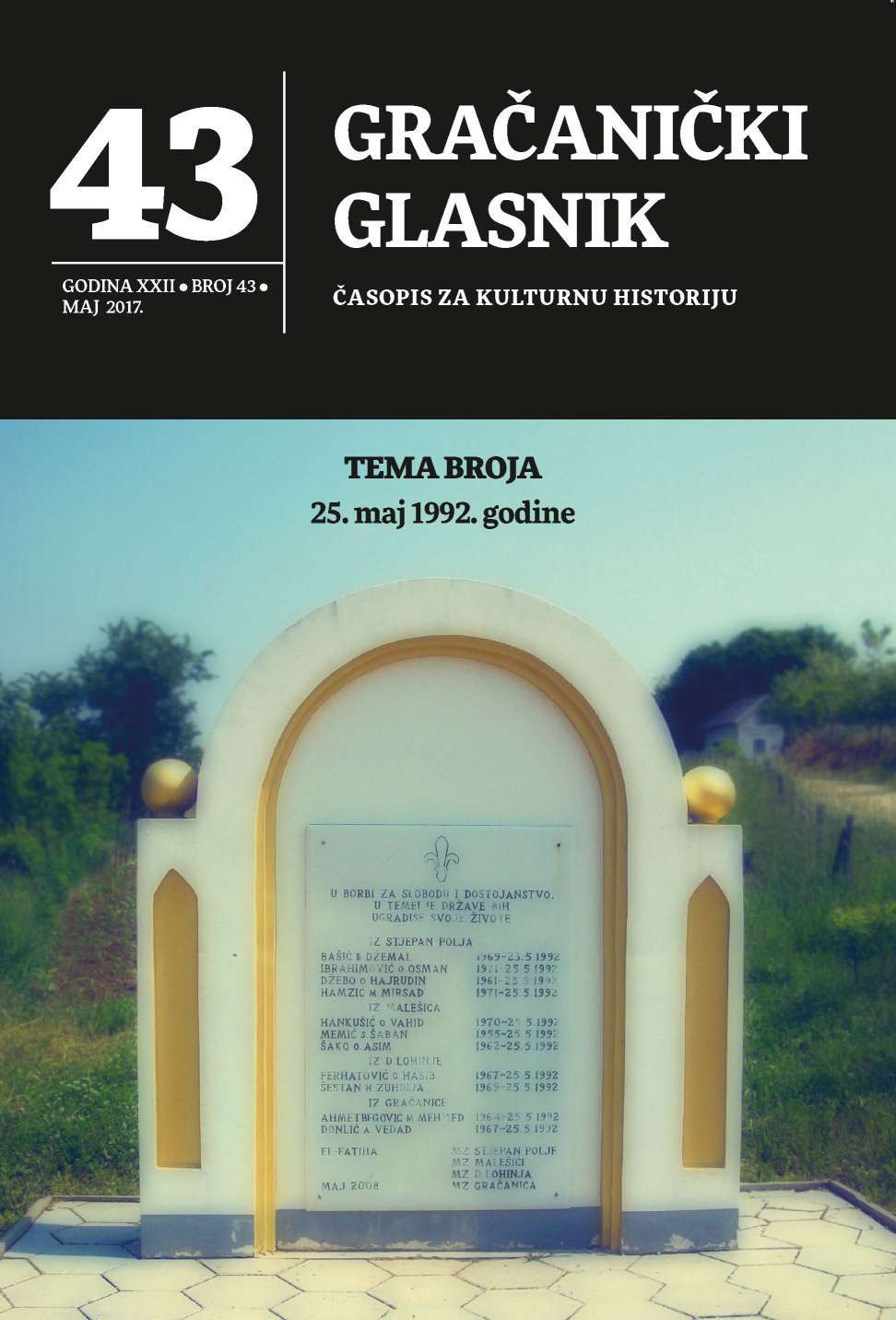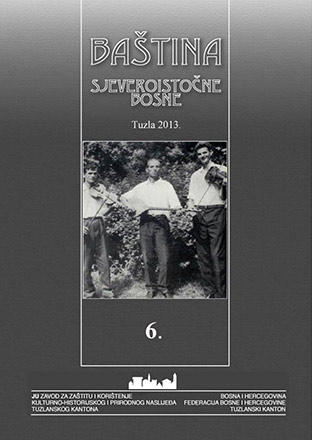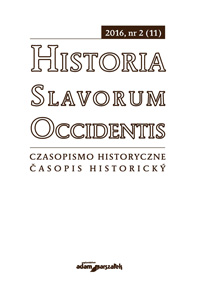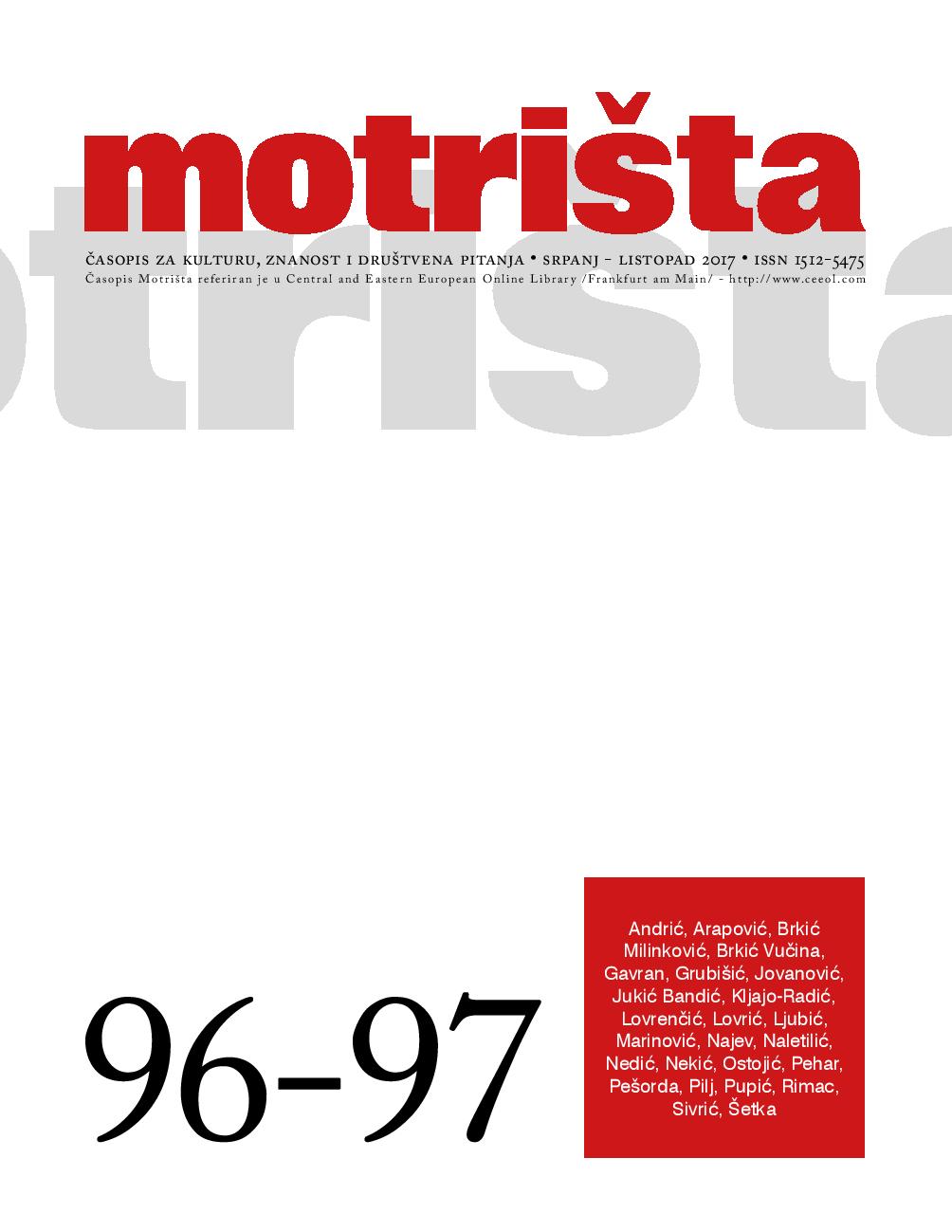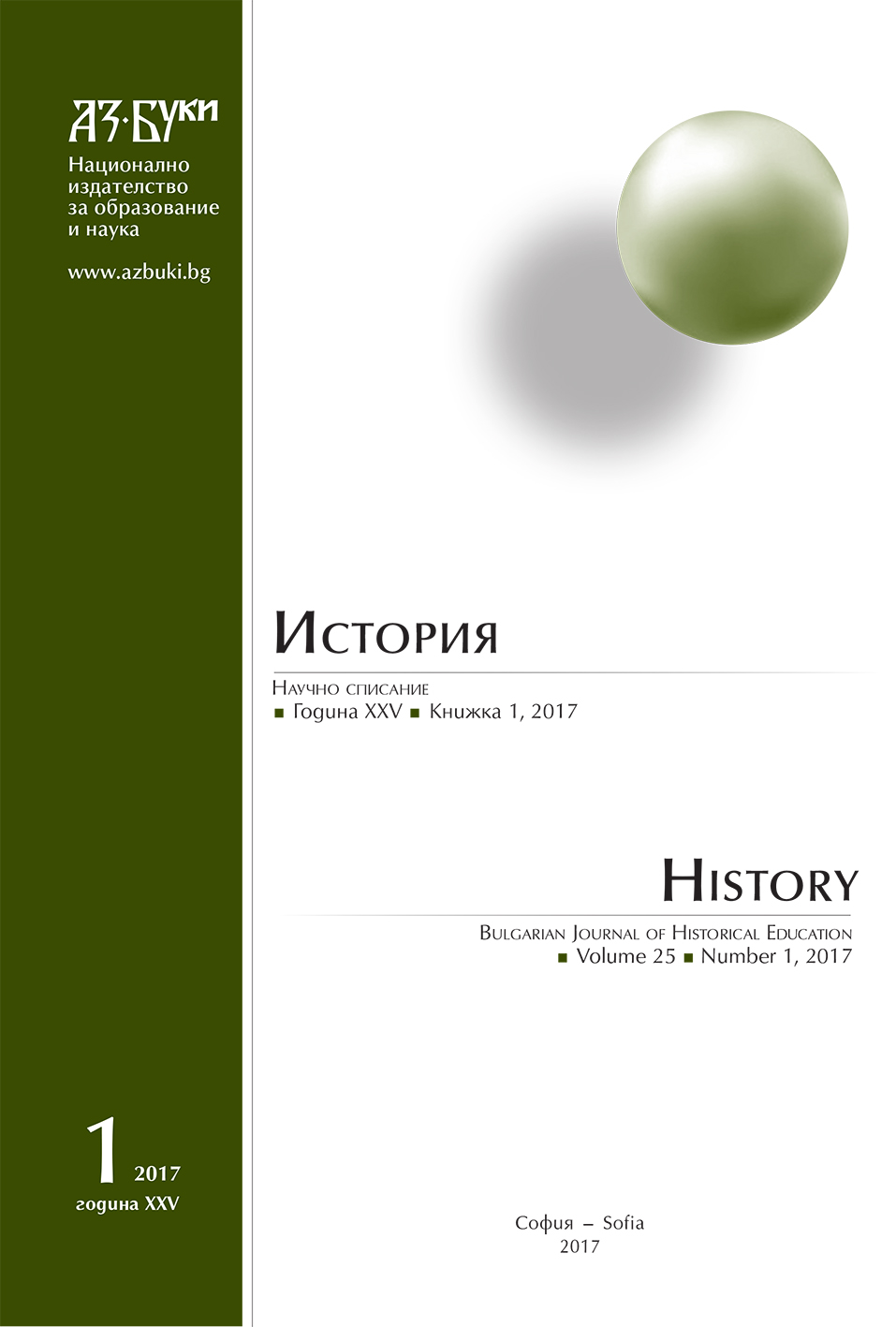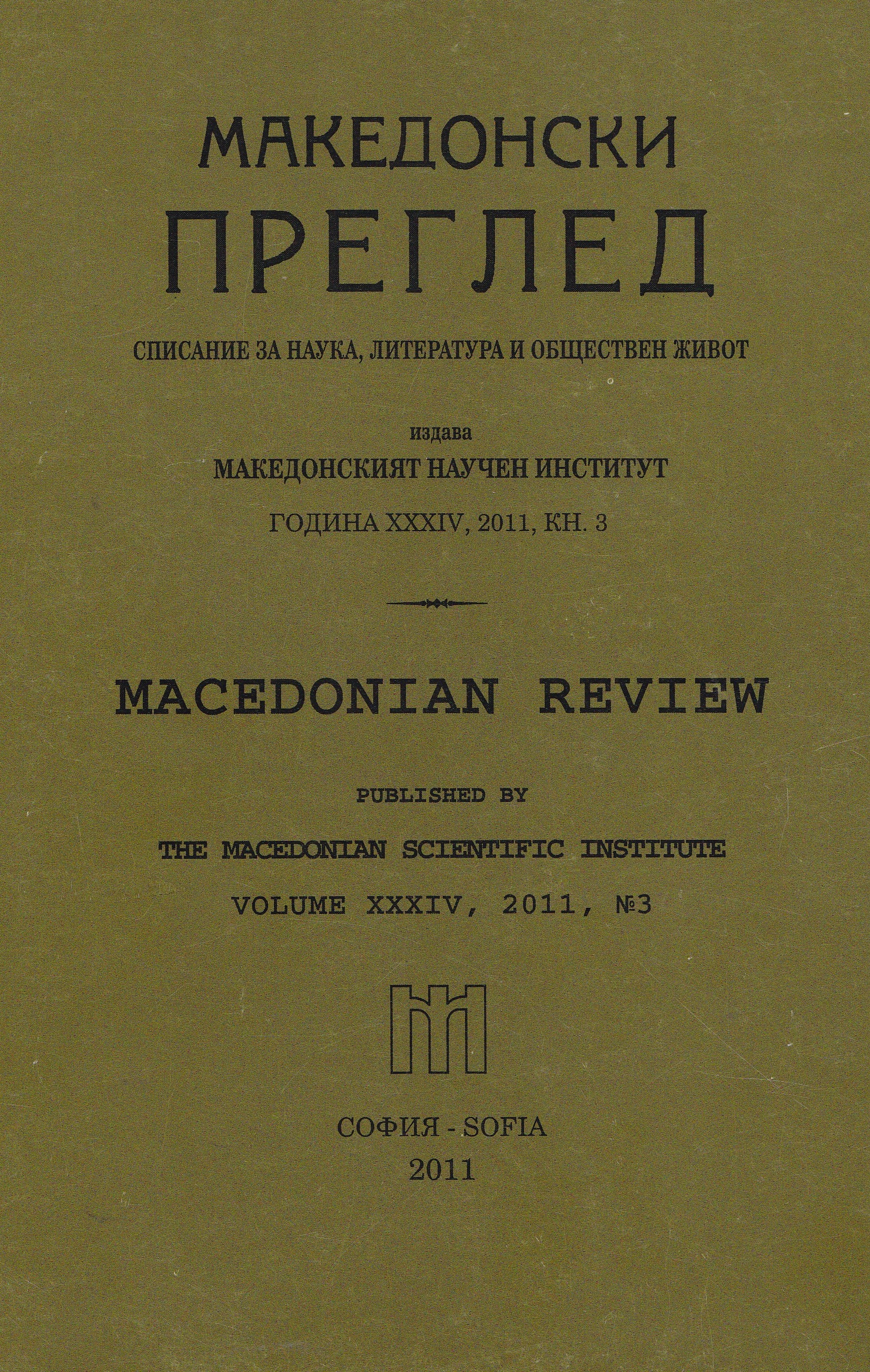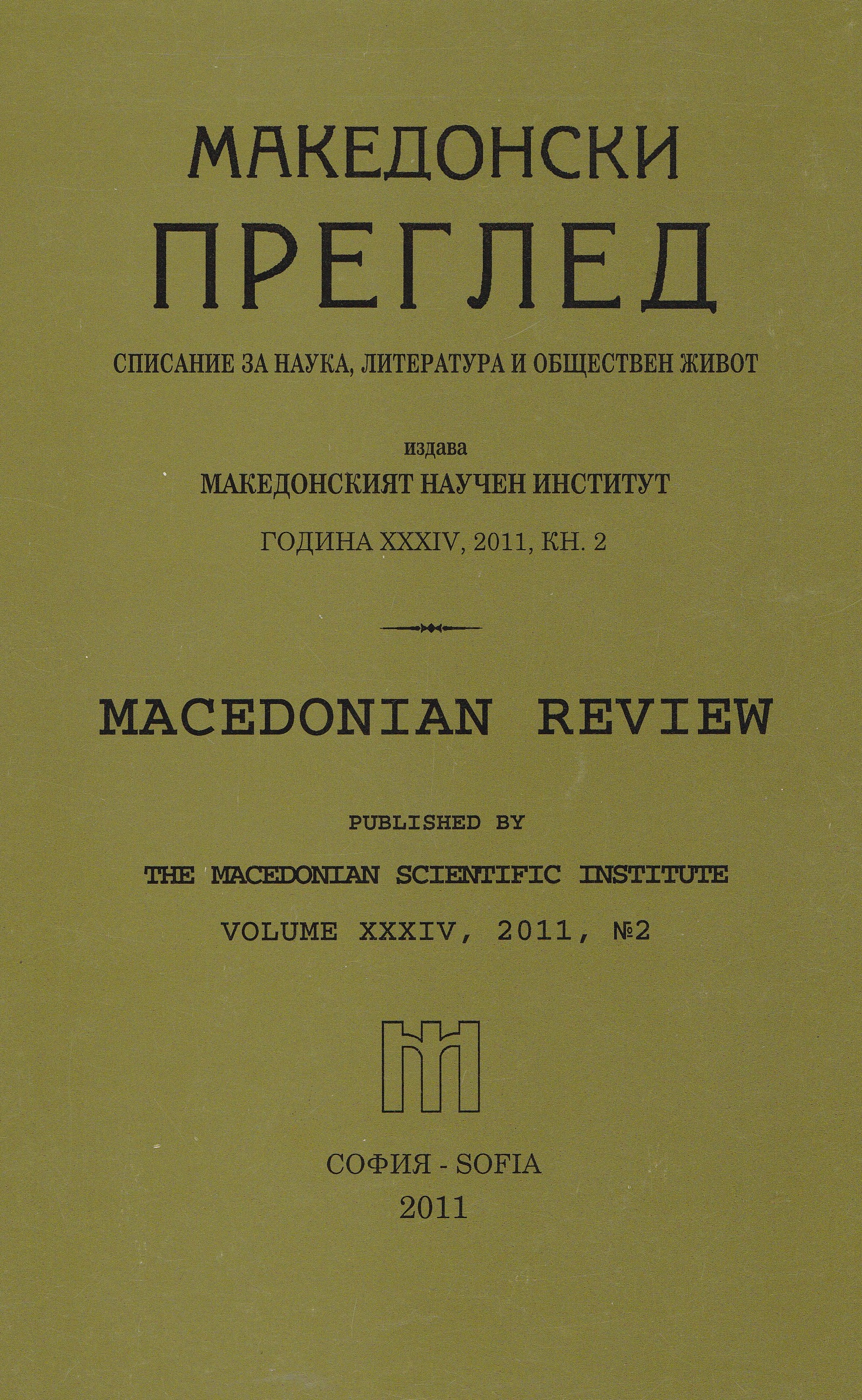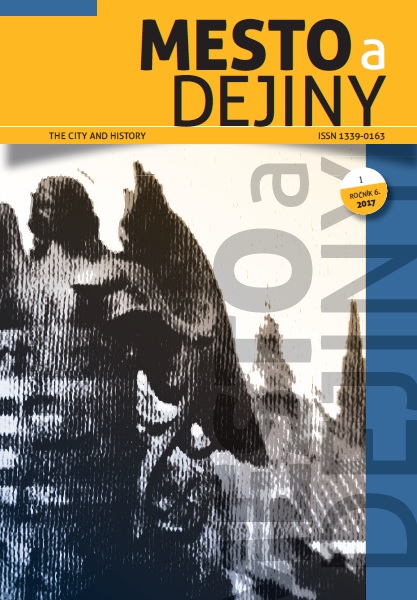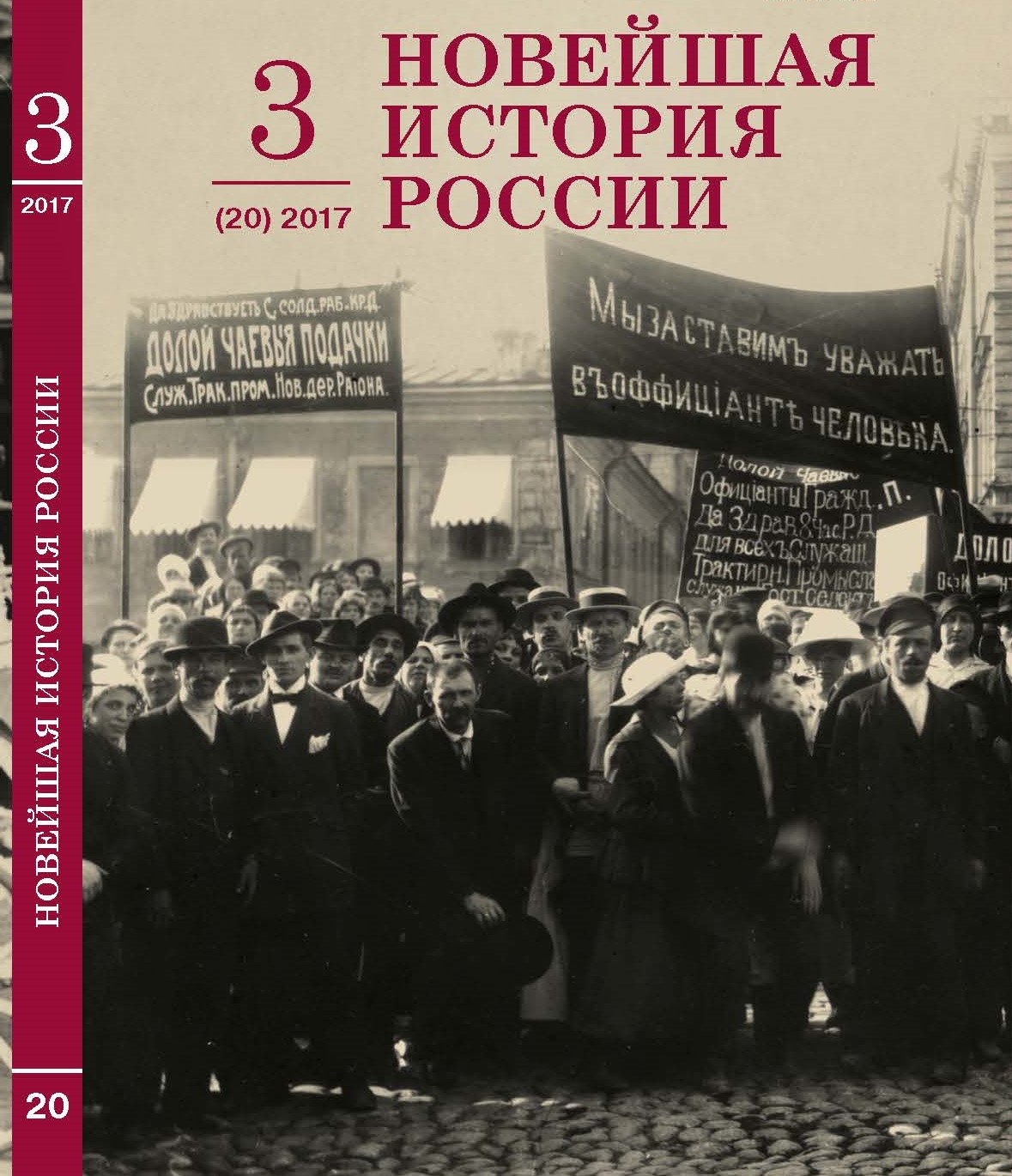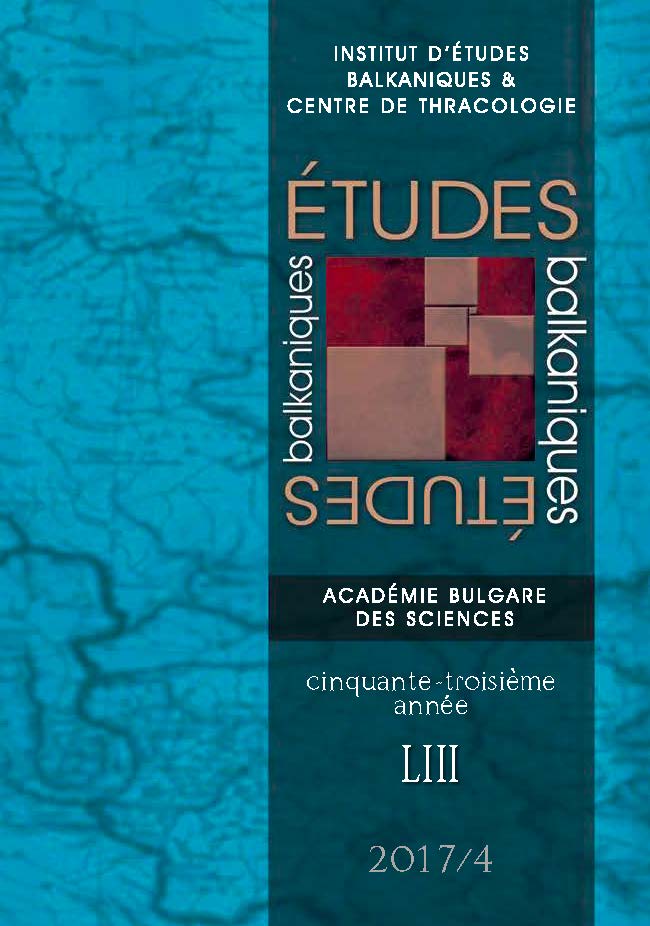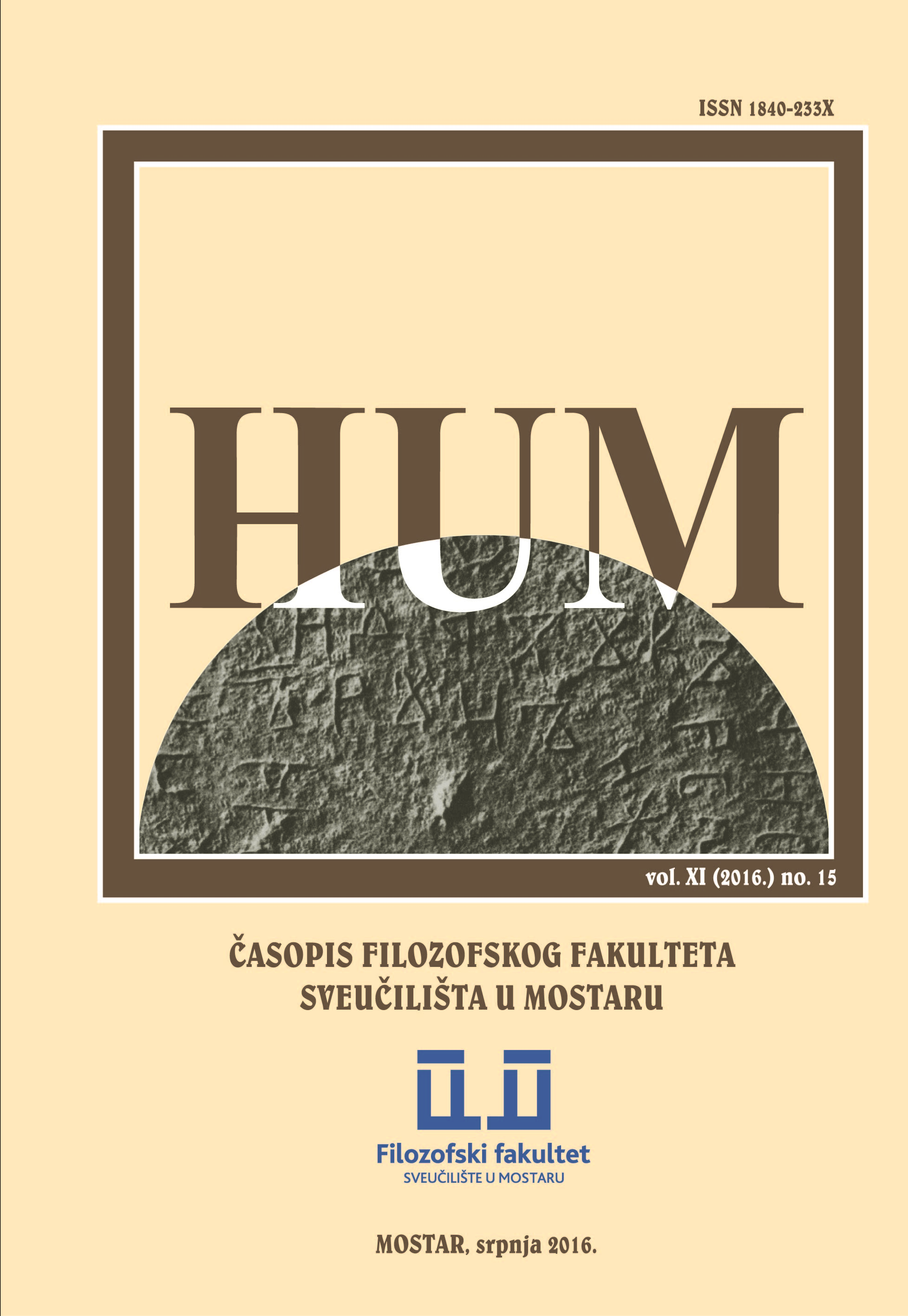
SREDNJOVJEKOVNI ODNOSI CRKVE PREMA PLEMSTVU U BOSNI, POSEBAN OSVRT NA OBITELJ PAVLOVIĆ
The regions of middle and eastern Bosnia, which were ruled by Pavlović family at the end of the 14th and the first half of the 15th century had the essential features of membership to the Christianity and the Church of Bosnia. Almost all members of this family were members of the Church of Bosnia except, temporarily and shortly, the duke Ivaniš Pavlović. Thus the members of the Church of Bosnia were the duke Pavao Radinović, his sons, the dukes Petar and Radoslav Pavlović, as well as the sons of Radoslav, the duke Ivaniš and the princes Nikola and Petar Pavlović. Members of the Church of Bosnia had a significant role at the Court of the Pavlović family, first the prince Pavle, and later his sons: the dukes Petar and Radoslav, and Radoslav's sons, the duke Ivaniš Pavlović and the princes Nikola and Petar Pavlović. The role and activities of the Church of Bosnia Christians were significantly increased when the duke Radoslav Pavlović became head of the family. Appearance of the Church of Bosnia members was almost always connected to changes of political relations in Bosnia and wider, in relations between Bosnia and Dubrovnik. There are numerous mediatory missions between them and the citizens of Dubrovnik, especially those regarding negotiations over the sale of Radoslav's part of Konavle and the end of the Konavle War.
More...
